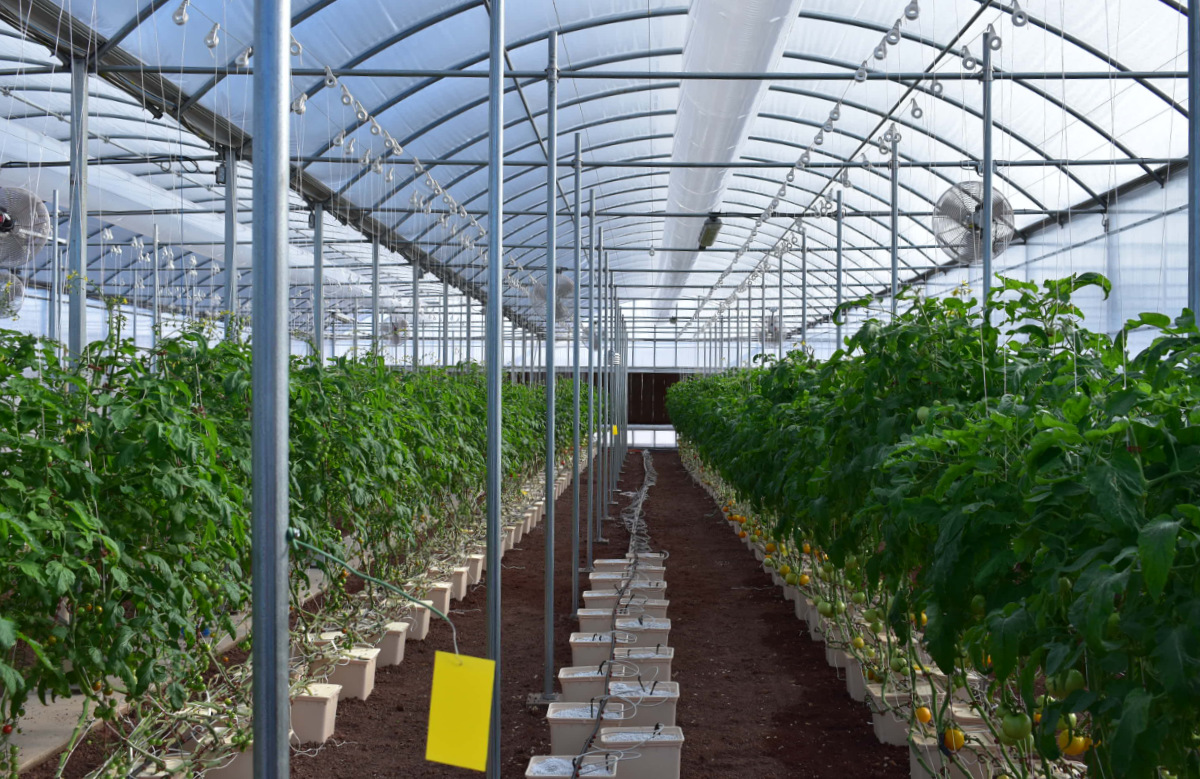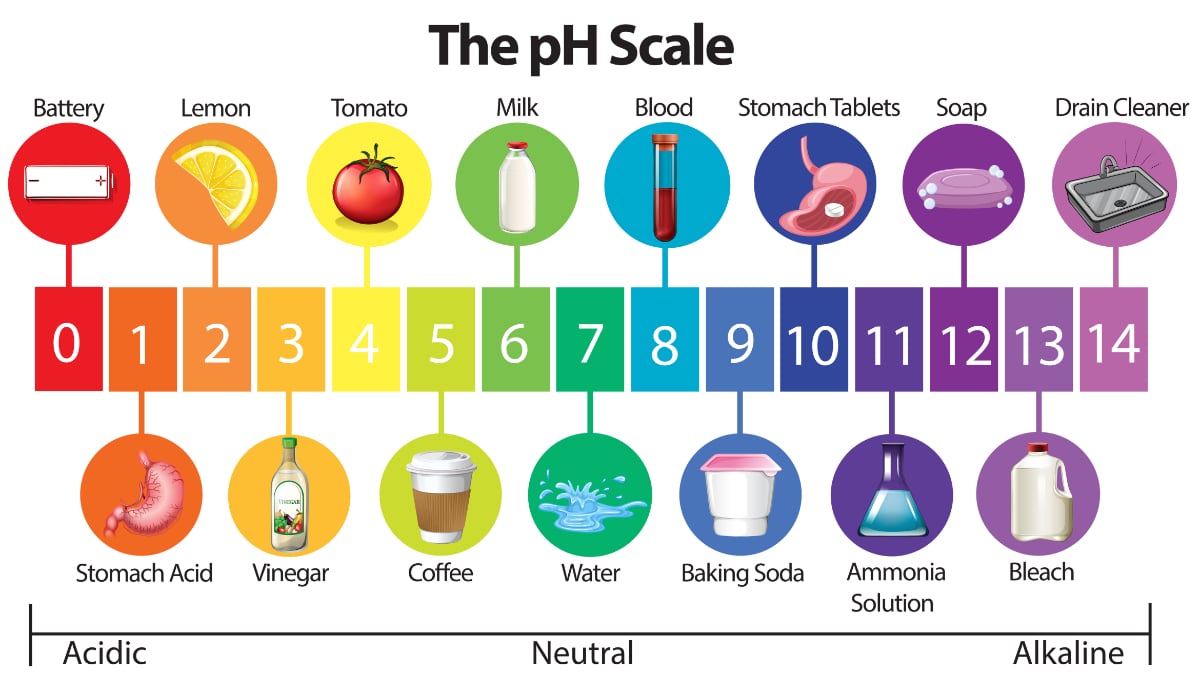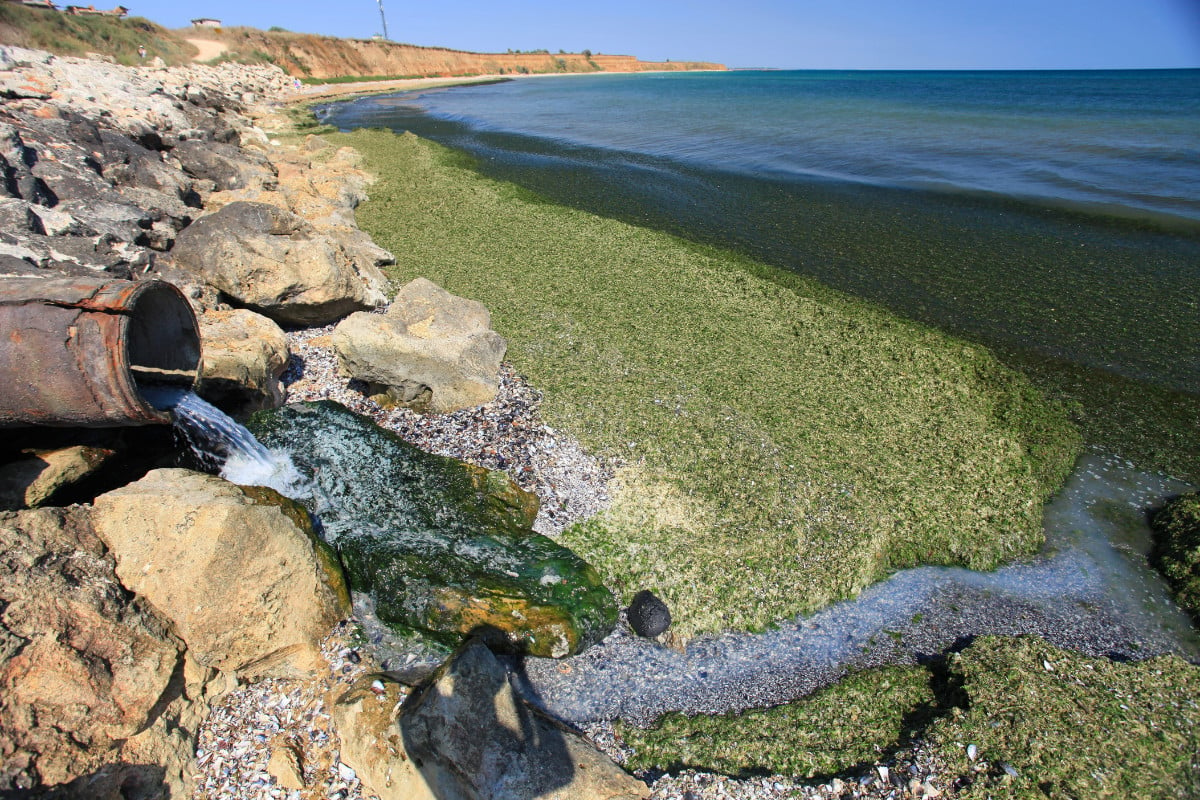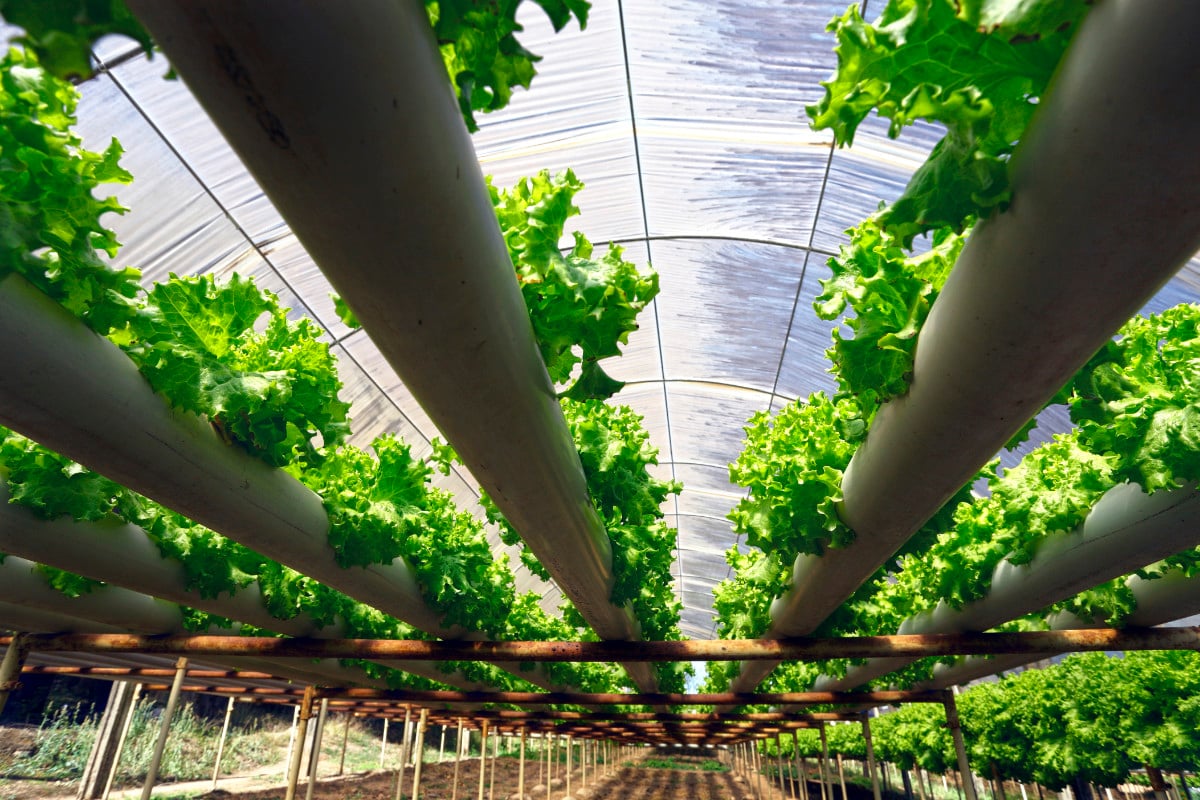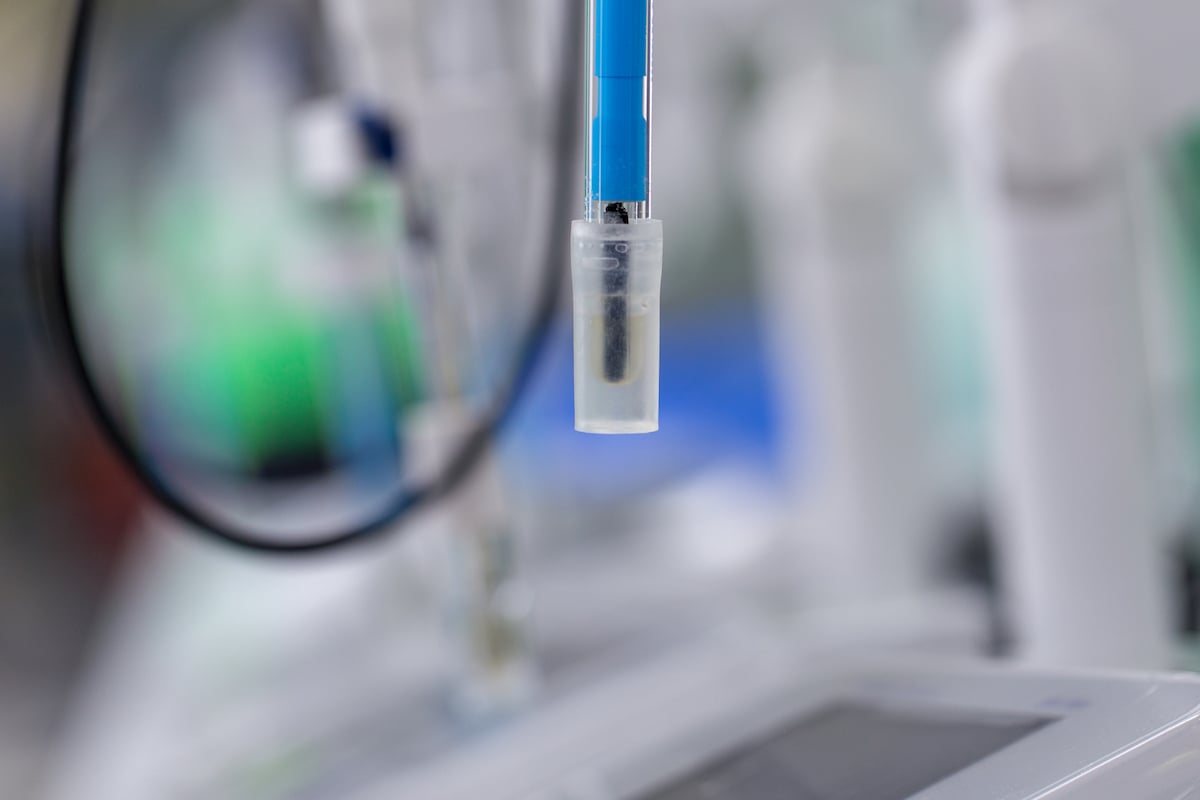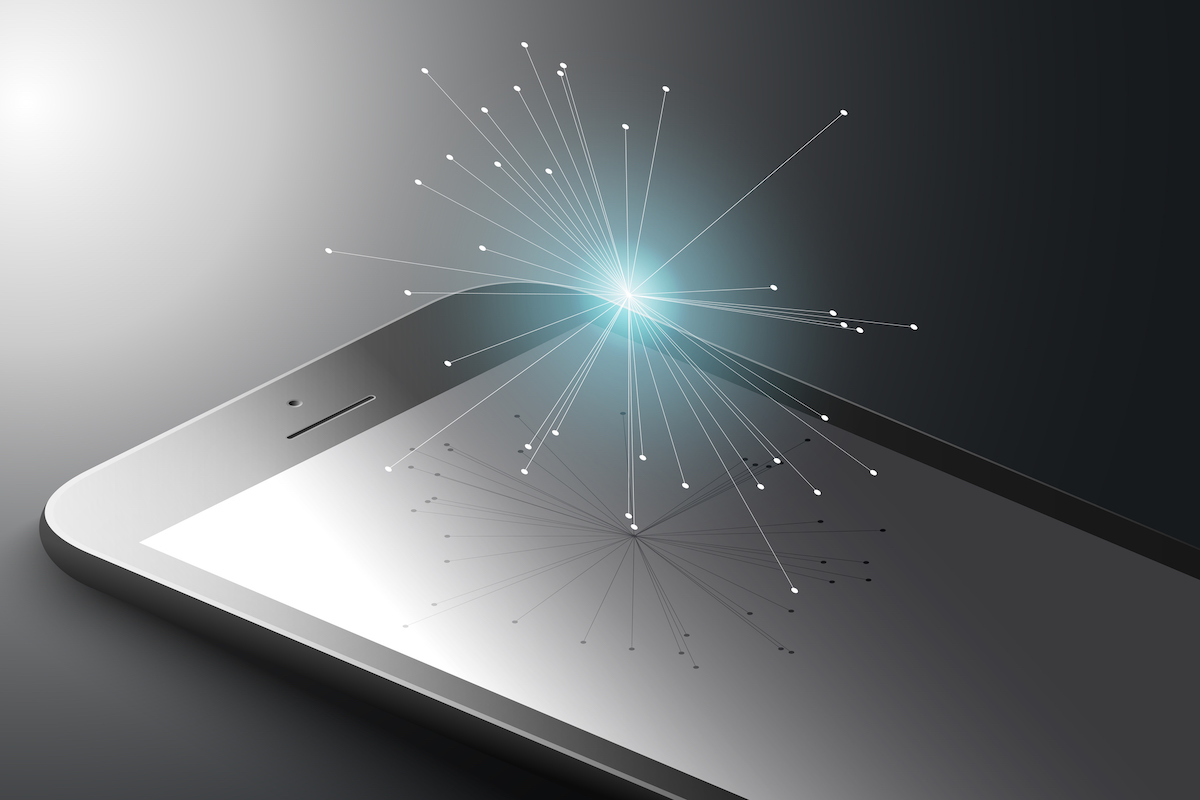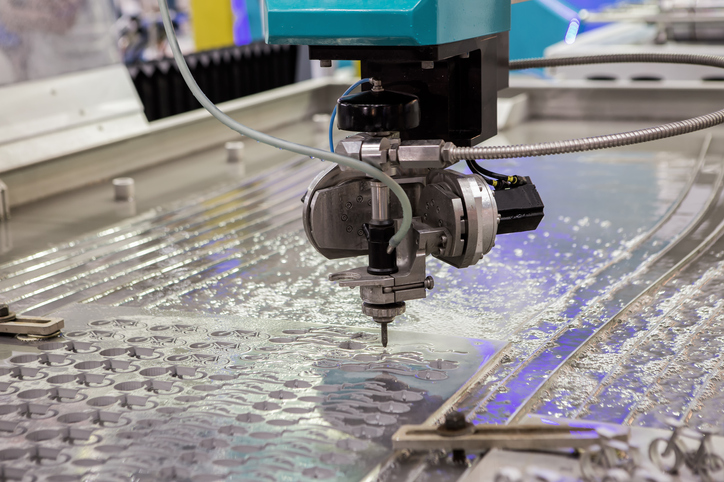Jenco Instruments has been manufacturing innovative water quality instruments for the scientific, research, environmental and industrial industries since 1973. Not as common knowledge is our established OEM/ODM services where we design and build water monitoring systems for our partners in other industries such as the hydroponics industry.
Jenco Water Quality Blog
Blog Categories
Water Quality 101: What Is pH in Water Testing?
One of the most important indicators for water quality is its pH level. The pH scale runs from 0 to 14 and measures the acid or base quality of water. A pH of 7 is neutral, while a reading below 7 is acidic, and one above 7 is alkaline or basic.
ORP's Role in Water Contamination
Water contamination affects all life forms and is a critical concern today. Pollutants from human-induced as well as natural sources flow through groundwater and into drinking water.
pH in Hydroponics: How to Maintain the pH Levels of Hydroponic Systems
You can hardly wait to get started with your hydroponic system. You’ve researched light, spacing, and nutrient requirements for your plants. Don’t forget one of the most important factors in hydroponics: pH levels. If the pH level is too high or too low, plants cannot absorb nutrients and will not thrive in otherwise ideal conditions. Read on to learn the role of pH in hydroponic systems and how to properly monitor and maintain its levels.
What Makes Jenco Different Than Other Water Quality Meter Suppliers
We understand our distributors and end users have options when it comes to selecting the right water quality meter suppliers for their pH, ORP, conductivity, ion and dissolved oxygen meters. Beyond having great products and services, distributors and end users want to understand what we do, how we do it and perhaps most importantly, why we do what we do. Let us share this with you!
Why Pool Water Turns Green and Other Common Pool and Spa Water Quality Issues
During the 2016 Summer Olympics in Rio de Janeiro the swimming pools turned dark green. It turned out that a facility employee had accidentally dumped 160 liters of hydrogen peroxide into the pools, which canceled out the effects of chlorine, thereby supporting the growth of algae and other organic compounds.
What It Takes to Develop a Mobile App for Water Quality Instruments
Mobile apps continue to transform the way we do business. No industry is immune from disruption as more apps enter the market every day. In the water quality industry, apps enable employees to get more done in less time, covering more ground along the way. Instead of having to physically inspect water quality, employees can use mobile apps that complement specific water quality instruments like pH testers and conductivity testers to track important data on their phones, keeping tabs on water stored in various locations from one device. This enables them to monitor more water in more locations more efficiently.
Calibration Tips 101: 4 Tips for Maintaining pH Meters and Probes
Imagine you’re using a ruler to measure something in inches. There’s just one problem: The space the ruler claims is an inch is actually 6/8 of an inch. If you didn’t know that, none of your measurements would be accurate.
3 Technology Trends Emerging in the Water Quality Industry
Technology continues to evolve at a rapid clip, giving businesses across all industries the opportunity to get more done more effectively in less time—and with fewer errors. Although the water quality industry might not pop into mind when we think of disruption, the truth of the matter is that technology has drastically improved the way many companies and organizations monitor water quality, helping them move faster and be more productive.
3 Unique Water Quality Challenges Facing Manufacturing Today
Water plays a critical role in the production of many of the things we use in our everyday lives—such as T-shirts, mobile devices, paper, oil, metals, medications, and more. You might be surprised to learn that 659 gallons of water are used to produce a single T-shirt and that 3,190 gallons are needed to produce a single smartphone. Water is also extremely important in the production of the foods we eat and the beverages we drink; if water is contaminated, consumers might get sick. Beyond that, manufacturing organizations need to use water to keep their facilities clean, and they also have to figure out what to do to dispose of wastewater, which is one of the biggest byproducts of manufacturing.
